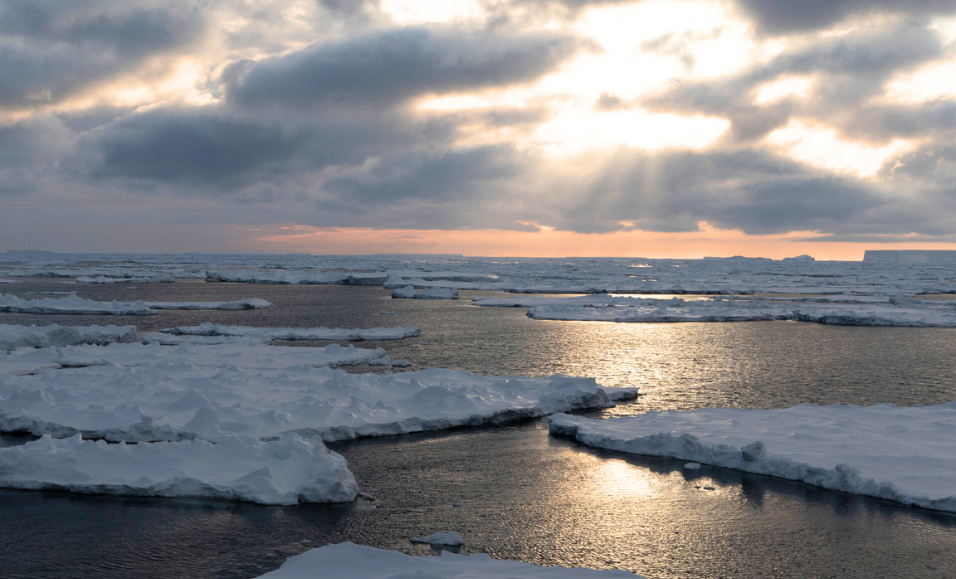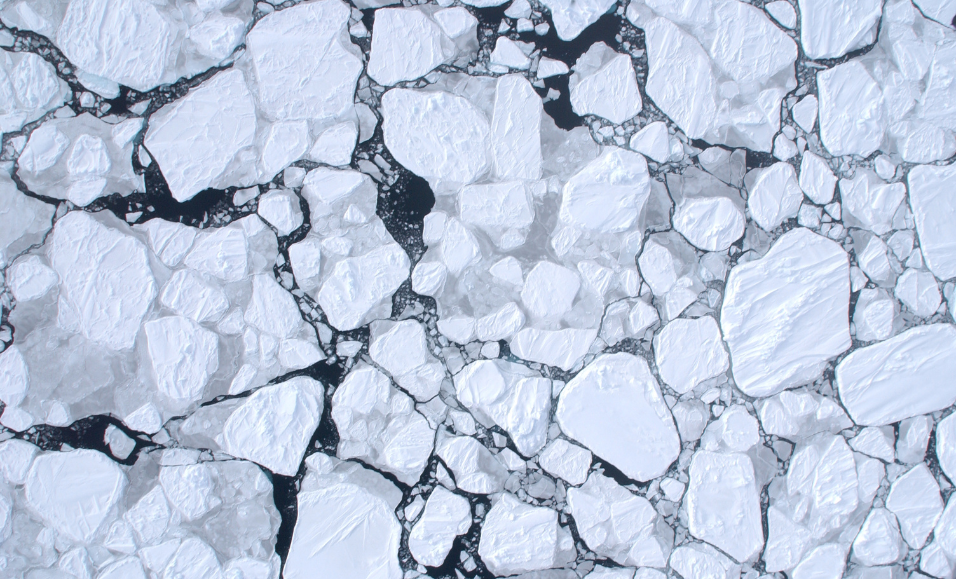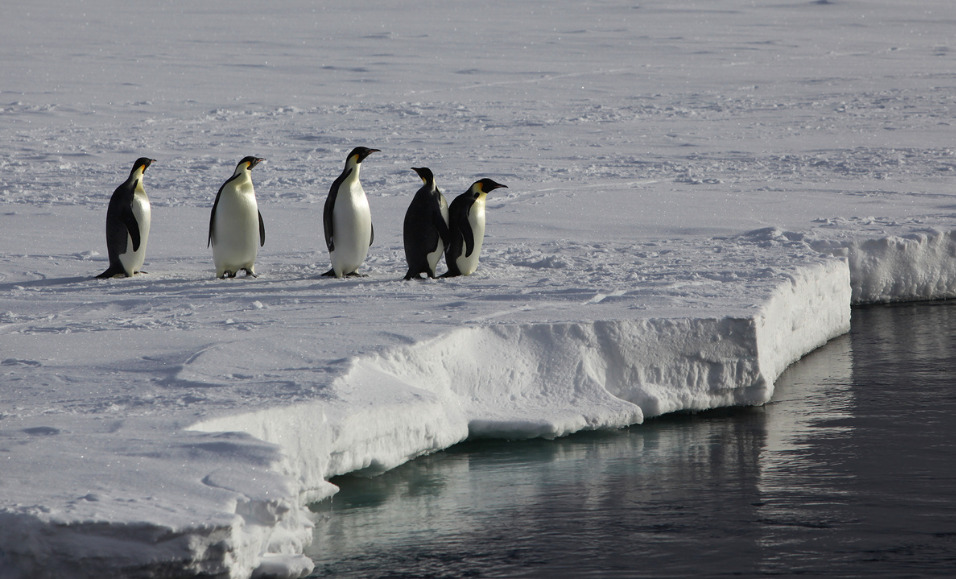New research suggests an increase in pockets of open water in Antarctica’s sea ice (known as “polynyas”) may mean non-native species could one day establish on the continent.


Polynas amongst the sea ice. Credit: Cassandra Brooks

Sea ice from above. Credit: Jan Liester / Australian Antarctic Division

Antarctica. Credit: Ceridwen Fraser

Emperor penguins on the sea ice. Credit: Cassandra Brooks
The research, published in Proceedings of the National Academy of Science, sought to understand whether polynyas in the sea ice might allow non-native species to settle in the future.
Sea ice acts as an important barrier to invasions but as evidence emerges that it has entered a new low-extent state, scientists say there may be more opportunity for non-native species to reach the continent through open water.
Led by Dr Grant Duffy, from the Department of Marine Science at the University of Otago, the team found unexpected evidence that the area of polynyas around Antarctica is increasing dramatically, and it follows an intriguing cycle, growing and shrinking roughly every 16 years.
“These trends are fascinating – and we haven’t noticed them before,” Dr Duffy says.
“We’re not completely sure what is driving the cyclical pattern, but the ecological implications could be huge.”
Co-author Dr Ariaan Purich, a SAEF scientist from Monash University who studies ocean-atmosphere interactions, says the cyclical patterns appear to line up with atmospheric drivers including the Southern Annular Mode, a climate phenomenon that circles Antarctica and influences weather in New Zealand and Australia.
“Recent record low Antarctic sea ice coverage has been linked with ocean warming,” Dr Purich says.
“In coastal environments, large-scale atmospheric variability and trends can interact with changing ocean conditions to shape the extent of sea ice. These findings give us exciting insights that will help us predict coastal sea ice coverage in the future.”
The senior author on the study, Professor Ceridwen Fraser, also of the Department of Marine Science, says the results are also critically important for predicting what will happen to coastal ecosystems in Antarctica as the climate warms.
“We know that many non-native plants and animals can reach Antarctica, for example by rafting on floating kelp,” Professor Fraser says.
“At the moment, most of them can’t settle because of coastal ice scour. Less ice could create opportunities for some coastal plants and animals to establish – with big implications for native Antarctic coastal ecosystems.”
Dr Duffy agrees. “Our research shows that areas of open water along Antarctic coasts, in particular, are growing in area as the climate warms,” he says. “These changing coastal environments will mean ecosystems have to adapt and change.”
The study was supported by the Marsden Fund of New Zealand, and researchers involved in the work are part of the major national Antarctic programmes ARC SRI Securing Antarctica’s Environmental Future and Antarctic Science Platform, New Zealand.
Duffy, G.A., Montiel, F., Purich, A. & Fraser, C.I. (2024) Emerging long-term trends and interdecadal cycles in Antarctic polynyas. Proceedings of the National Academy of Science. 121 (11) e2321595121. https://doi.org/10.1073/pnas.2321595121